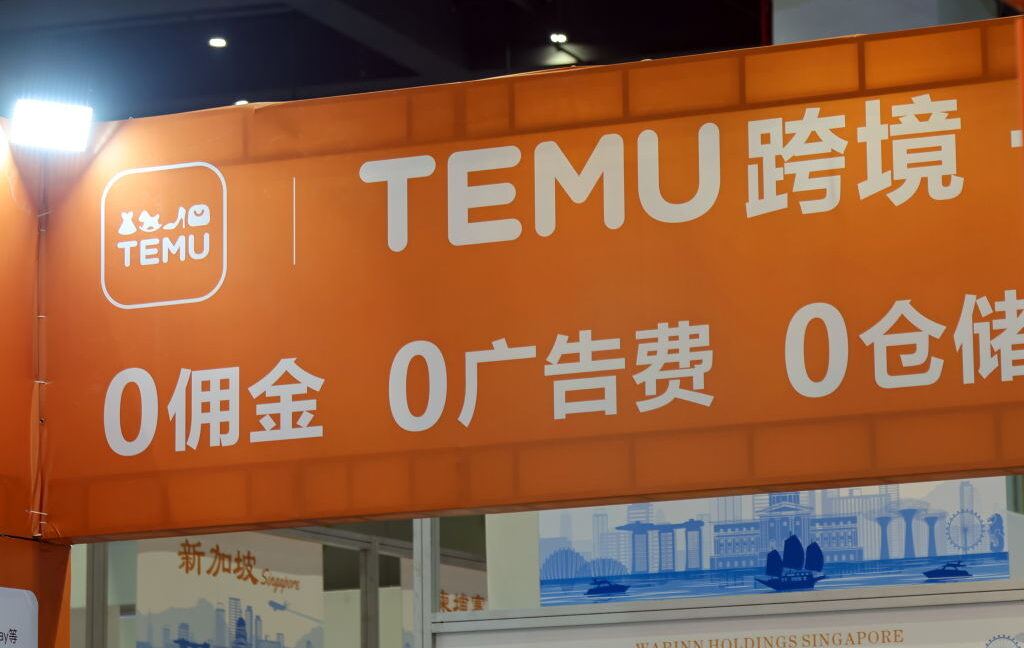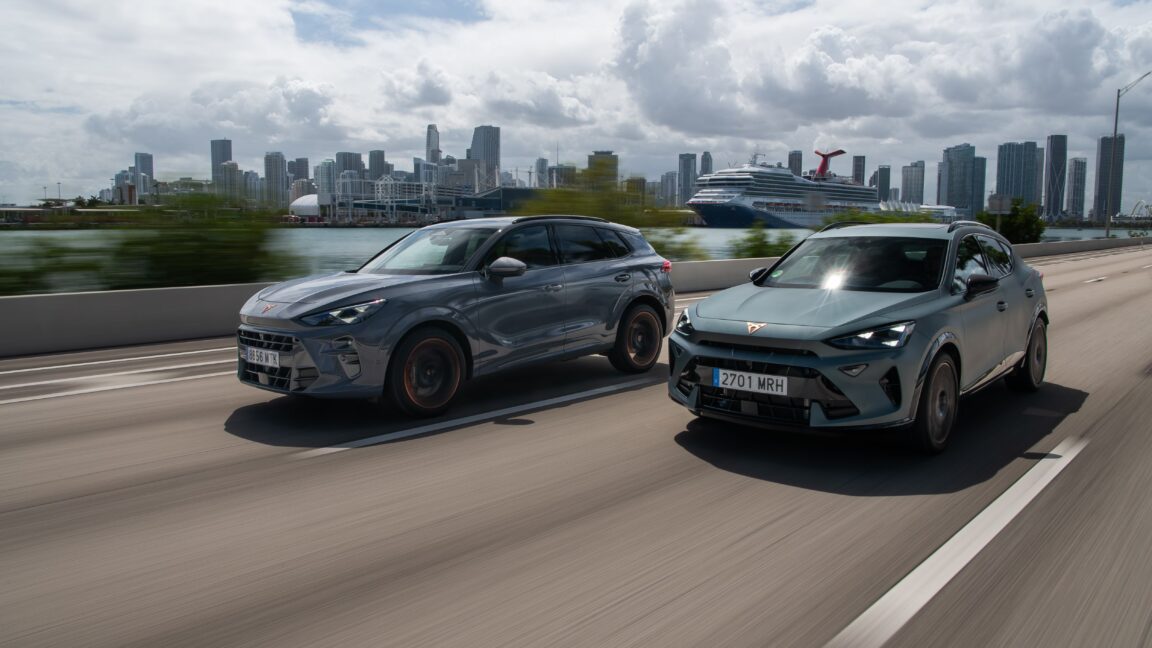
A 50-kilogram hydrogen-powered unmanned aerial lorry developed by China recently completed a 30-hour constant flight, setting a brand-new domestic record for similar kinds of aircraft and reaching a worldwide prominent level in regards to endurance.The drone, collectively established by the Chengdu Aircraft Industrial Group Co (CAIG) under the Aviation Industry Corporation of China (AVIC), a state-owned aerospace and defense corporation, and Tsinghua University, achieved a breakthrough in the incorporated design technology of flight, propulsion and control systems based upon the output attributes of hydrogen fuel cells, AVIC stated in a statement.According to AVICs release, throughout departure, the airplane innovatively adopted a self-governing integrated vehicle-mounted release method with an unmanned system consisting of an unmanned ground lorry and an unmanned aerial car.
This system effectively showed and validated its functional abilities under non-standard runway conditions.During its flight, the drone geared up with an electro-optical payload can efficient ground patrol and surveillance.Meanwhile, by utilizing a 5G onboard module and public network resources, the drone can transmit in real time the telemetry data and mission payload images to a remote platform, achieving dynamic remote tracking, states the statement.This collective model combined with front-end assessment and back-end decision-making demonstrates great possible in areas such as emergency situation communications, ecological tracking and border patrol.
During natural catastrophe rescue missions, drones can stay airborne for extended durations and offer real-time imagery of impacted areas.
In regards to smart city management, they, integrated with AI algorithms, can automatically determine violations and trigger response procedures, according to some industrial insiders.Industry insiders included that compared to standard lithium battery-powered drones, hydrogen energy systems provide greater energy density, longer endurance and no carbon emissions completely lining up with the needs of green aviation advancement.
The accomplishment of 30-hour continuous flight ability means that this drone can cover a broader functional variety and perform more intricate tasks, providing essential hardware assistance for the expansion of low-altitude economy application scenarios.A 50-kilogram hydrogen-powered drone, developed by AVIC Chengdu and Tsinghua UniversityBesides, the technical method for airplane hydrogen fuel cells varies significantly from hydrogen fuel cells utilized in autos, Shi Xin, an expert from the State Key Laboratory of Catalysis under Dalian Institute of Chemical Physics, Chinese Academy of Sciences, told the Global Times on Wednesday.
He kept in mind that the design of airplane hydrogen fuel cells concentrates on lightweight, high energy density, long endurance and performance in ultra-low temperatures.Major worldwide manufacturers of hydrogen-powered drones consist of South Korean Doosan Mobility Innovation, UKs ISS Aerospace, Japans Drone Works, and Israels Heven drones.
The US AeroVironment business successfully constructed and tested the worlds first liquid hydrogen-powered drone in 2005.
Brought in by the promising market potential customers, several Chinese business have currently gone into the research study, advancement and production of the hydrogen-powered drone market, specialists said.CAIG thinks that the 50kg-class hydrogen-powered drone will enhance the application situations of hydrogen-powered drones in the low-altitude economy, and play a positive role ahead of time new service models in low-altitude economy and green air travel, according to the statement.Top Photo: AVIC Chengdu and Tsinghua UniversitySources: Global Times; Fuel Cell Works

 14
14


















